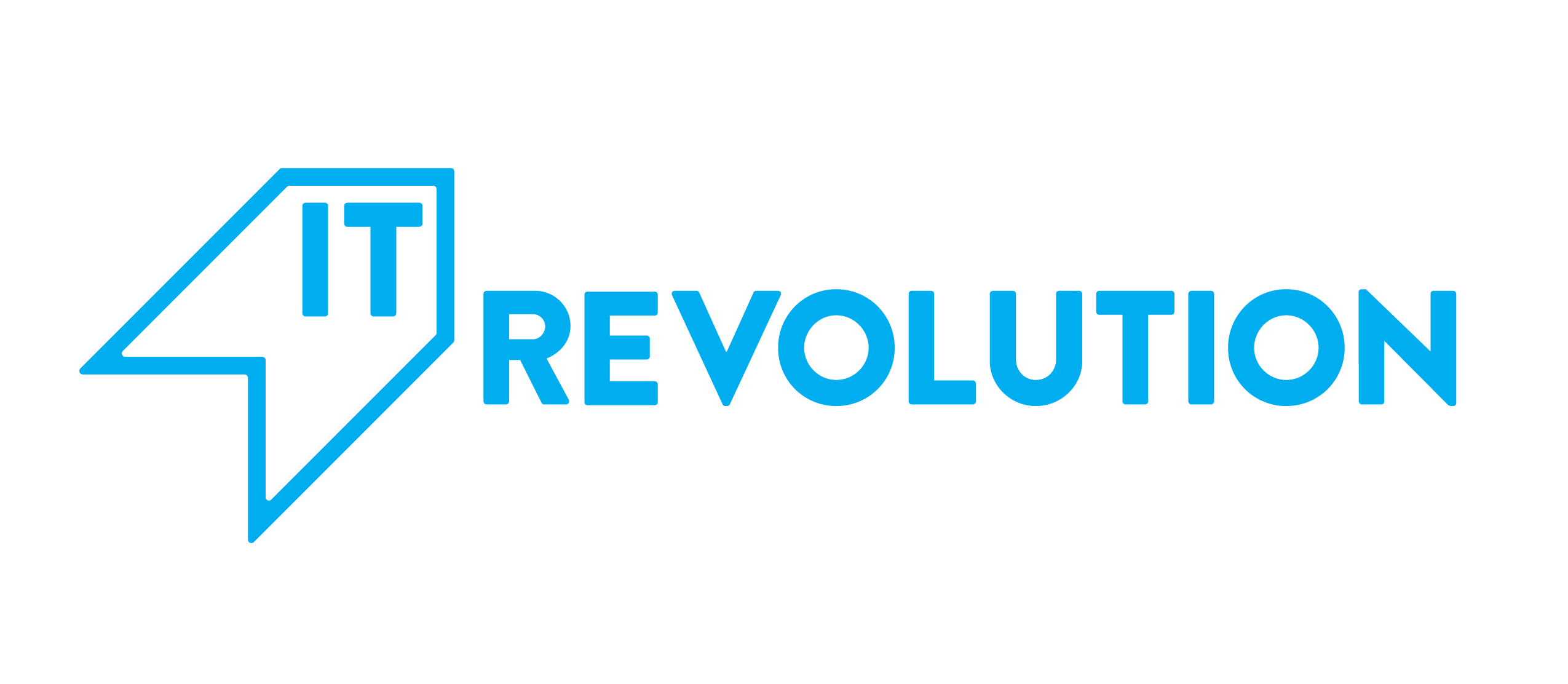
How to Use GitOps
What Every CIO Needs to Know about GitOps
Chris Hill, Tom Limoncelli, Dr. Gail Murphy, Cornelia Davis, and Dwayne Holmes
Free
- Description
- Author
- Info
- Reviews
Description
In many organizations, engineers spend too much time waiting for infrastructure change requests. Limited resources cause infrastructure-dependent changes to lag behind, increasing development demand. GitOps presents one solution by repurposing your organization’s existing Git pull-request workflows to permit infrastructure-oriented teams to safely democratize changes.
Distributing control down to the dependent teams improves transparency, velocity, predictability, auditability, and more. In a GitOps world, all infrastructure elements are defined as code. Changes are proposed in the code repository with the same mechanism as developers working on traditional applications. When the changes are approved and committed, automation validates the change and deploys them into production safely.
Developers are already familiar with your existing Git pull-request workflow, which can make it easy for them to switch to and from the application code they are already developing. Other benefits include collaborative discussions, ephemeral environments, formal change traceability, automated testing, and human-in-the-loop approval—all enabling your infrastructure changes.
In this paper we’ll define GitOps, explain where it is best applied and why, and make suggestions on adopting this practice in your organization.

